Home>Gardening & Outdoor>Outdoor Recreation & Activities>What Are Cornhole Bags Made Out Of?
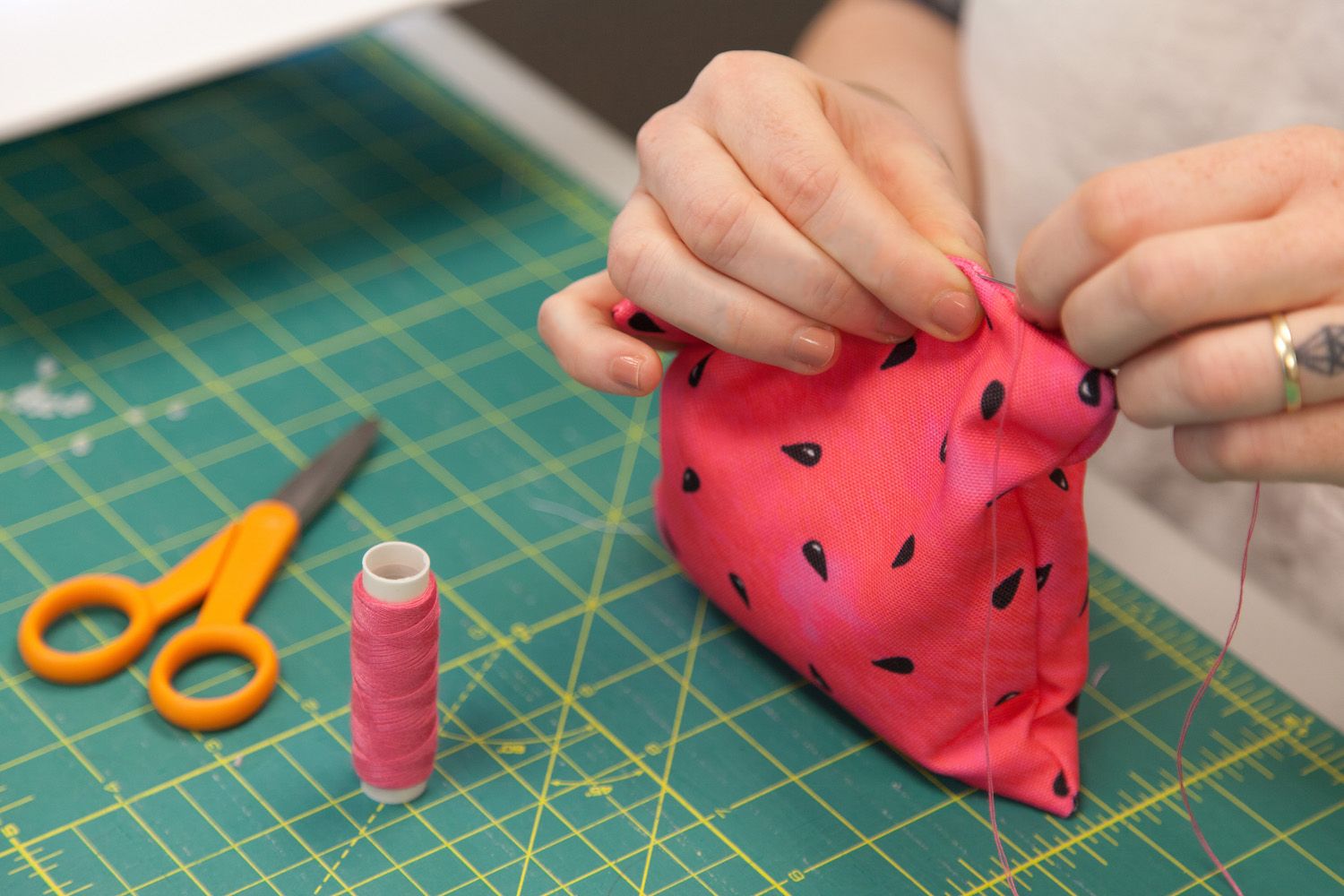

Outdoor Recreation & Activities
What Are Cornhole Bags Made Out Of?
Modified: August 17, 2024
Discover what cornhole bags are made of and learn about the materials used in this popular outdoor recreation and activities game. Explore the best options for durable and high-quality cornhole bags.
(Many of the links in this article redirect to a specific reviewed product. Your purchase of these products through affiliate links helps to generate commission for Storables.com, at no extra cost. Learn more)
Introduction
Welcome to the exciting world of cornhole, a beloved outdoor game that has captured the hearts of players of all ages. At the heart of this classic pastime are the essential components: the cornhole boards and, of course, the cornhole bags. While the boards provide the playing surface, it is the bags that add an element of skill and strategy to the game.
In this article, we will delve into the fascinating realm of cornhole bags, exploring their construction, materials, and the factors that contribute to their performance. Whether you are a seasoned cornhole enthusiast or a novice eager to learn more about this popular game, understanding the composition of cornhole bags can deepen your appreciation for the game and even inspire you to personalize your own set of bags.
So, what are cornhole bags made out of, and how do the materials used impact the game? Let's embark on a captivating journey to uncover the secrets behind these integral components of the beloved cornhole game.
Key Takeaways:
- Cornhole bags are made of durable fabrics like duck cloth, polyester, or canvas, and filled with either whole kernel corn or synthetic materials for consistent weight and resilience.
- The materials used for cornhole bags impact their durability, performance, and feel, offering players a range of choices to personalize their game experience.
Read more: How Heavy Is A Cornhole Bag?
Cornhole Bags
Cornhole bags, also known as bean bags or corn bags, are the essential projectiles used in the game of cornhole. Each game typically involves two sets of four bags, with each set being a different color or design to differentiate the teams or players. These bags are tossed by the players with the aim of landing them on the inclined cornhole board and, ideally, through the cutout hole at the far end. The strategy, skill, and precision involved in throwing and landing these bags make them a crucial aspect of the game.
While the concept of throwing a bag onto a board may seem simple, the construction and materials of the cornhole bags play a significant role in the overall playing experience. The size, weight, fabric, and filling of the bags all contribute to how they feel in the hand, how they fly through the air, and how they land on the board.
Understanding the composition of cornhole bags is not only intriguing but also offers valuable insight into the game’s dynamics. As we explore the materials and construction of these bags, you will gain a deeper appreciation for the craftsmanship and thought that goes into creating these seemingly uncomplicated yet crucial components of the game.
Materials Used for Cornhole Bags
When it comes to the construction of cornhole bags, the choice of materials is crucial in determining their durability, performance, and overall feel. The two primary components of cornhole bags are the fabric used for the outer shell and the filling that gives the bags their heft and shape.
For the outer shell, a durable and resilient fabric is essential to withstand the rigors of gameplay and the elements. Many cornhole bags are crafted from heavy-duty duck cloth, a sturdy woven cotton fabric known for its strength and longevity. Duck cloth provides the ideal balance of durability and smoothness, allowing the bags to slide effortlessly across the board while withstanding countless throws and impacts.
In addition to duck cloth, some manufacturers offer cornhole bags made from synthetic materials such as polyester or canvas. These materials offer their own set of advantages, including resistance to moisture and enhanced color vibrancy. However, traditionalists often prefer the classic texture and feel of duck cloth for its timeless appeal and reliable performance.
As for the filling of cornhole bags, a crucial factor in their weight and consistency, whole kernel corn has been the traditional choice for generations. The use of real corn lends an authentic touch to the game, and its density provides the satisfying heft that players have come to expect. However, in recent years, synthetic fillers such as resin pellets have gained popularity due to their uniform weight and moisture resistance, which can prevent the bags from becoming waterlogged or moldy in damp conditions.
Ultimately, the materials used for cornhole bags play a pivotal role in shaping the game experience. The combination of durable fabric and a well-balanced filling ensures that the bags meet the demands of competitive play while maintaining their quality and performance over time.
Cornhole bags are typically made out of duck cloth or canvas, and filled with corn kernels or plastic pellets. Duck cloth is a durable, tightly woven fabric that holds up well to the wear and tear of the game.
Popular Fabric Choices
When it comes to the fabric used for cornhole bags, several options cater to the diverse preferences of players and enthusiasts. Each fabric choice offers distinct characteristics that can influence the bags’ performance, appearance, and overall feel during gameplay.
Duck Cloth: As the traditional and time-honored fabric for cornhole bags, duck cloth holds a special place in the hearts of players. Its dense, woven cotton construction provides exceptional durability, allowing the bags to withstand countless throws and rough outdoor conditions. The smooth texture of duck cloth enables the bags to glide effortlessly across the board, adding an element of precision to each toss.
Polyester: In recent years, polyester has emerged as a popular alternative to traditional duck cloth. Known for its moisture-resistant properties and vibrant color retention, polyester offers a modern twist to the classic cornhole bag. Players who frequent humid or damp playing environments may appreciate the resilience of polyester, as it can maintain its integrity and appearance even in challenging weather conditions.
Canvas: Canvas fabric, renowned for its sturdiness and versatility, has also found its way into the realm of cornhole bags. With a slightly coarser texture than duck cloth, canvas provides a tactile and rugged feel that resonates with players who prefer a more tactile sensation when gripping and tossing the bags. Its robust nature ensures that the bags retain their shape and structure over extended use, making it an appealing choice for avid players.
While each fabric choice offers its own unique set of attributes, the decision ultimately boils down to personal preference and playing conditions. Whether you favor the classic appeal of duck cloth, the modern advantages of polyester, or the rugged charm of canvas, the fabric of cornhole bags plays a pivotal role in shaping the game experience and adding a touch of individuality to each player’s equipment.
Filling for Cornhole Bags
One of the critical components that contribute to the weight, feel, and performance of cornhole bags is the filling nestled within their durable outer shells. Traditionally, whole kernel corn has been the filling of choice, offering a satisfying heft and an authentic touch to the game. The use of natural corn imbues the bags with a classic feel and a pleasant weight that resonates with players of all skill levels.
However, as the popularity of cornhole continues to soar and the game finds its way into a broader array of playing environments, alternative fillings have gained traction for their distinct advantages. Synthetic fillers, such as resin pellets or plastic beads, have emerged as viable options for those seeking consistent weight, moisture resistance, and durability.
Whole Kernel Corn: The traditional filling for cornhole bags, whole kernel corn offers a satisfying weight and a classic feel that harkens back to the game’s roots. The density of corn provides a substantial heft to the bags, allowing them to land with a reassuring thud on the board. Additionally, the natural properties of corn make it resistant to mold and mildew, contributing to the bags’ longevity even in humid or damp conditions.
Synthetic Fillers: In response to the demand for consistent weight and moisture resistance, synthetic fillers have gained prominence in the cornhole community. Resin pellets, often made from recycled materials, offer uniform density and shape, ensuring that each bag conforms to regulation standards and provides a reliable playing experience. Furthermore, these fillers are impervious to moisture, preventing the bags from becoming waterlogged or compromised in inclement weather.
The choice of filling for cornhole bags ultimately hinges on individual preferences, playing conditions, and desired performance characteristics. Whether players opt for the classic appeal of whole kernel corn or the modern advantages of synthetic fillers, the filling significantly contributes to the bags’ overall feel and performance, enhancing the game of cornhole for enthusiasts everywhere.
Read more: How To Make Cornhole Bags
Conclusion
As we conclude our exploration into the world of cornhole bags, we have gained a deeper understanding of the meticulous craftsmanship and thoughtful design that goes into these seemingly straightforward yet essential components of the beloved game. From the choice of durable fabrics to the selection of fillings that provide the bags with their distinctive weight and feel, every aspect contributes to the bags’ performance and the overall enjoyment of the game.
Whether crafted from traditional duck cloth, modern polyester, or rugged canvas, the fabric of cornhole bags offers players a spectrum of choices to align with their preferences and playing environments. Each fabric brings its own set of advantages, from durability and smoothness to moisture resistance and vibrant color options, allowing players to personalize their cornhole bags to suit their individual style and needs.
Similarly, the filling of cornhole bags, whether whole kernel corn for a classic touch or synthetic options for consistent weight and resilience, presents players with a range of considerations to tailor their game experience. The choice of filling not only influences the bags’ weight and feel but also contributes to their longevity and performance in various playing conditions.
As players and enthusiasts continue to embrace the timeless joy of cornhole, the evolution of cornhole bags reflects the game’s enduring appeal and adaptability. Whether enjoyed at backyard gatherings, tailgate parties, or competitive tournaments, the artful construction and material choices of cornhole bags enhance the game’s essence, adding a touch of craftsmanship and personalization to each throw and landing.
So, the next time you pick up a set of cornhole bags, take a moment to appreciate the thought and care that have gone into their creation. These unassuming yet indispensable components play a significant role in shaping the cornhole experience, embodying the spirit of camaraderie, skill, and lighthearted competition that define this timeless outdoor game.
With an enhanced understanding of the materials and construction of cornhole bags, may your future games be enriched by a newfound appreciation for these essential elements of the beloved pastime.
Frequently Asked Questions about What Are Cornhole Bags Made Out Of?
Was this page helpful?
At Storables.com, we guarantee accurate and reliable information. Our content, validated by Expert Board Contributors, is crafted following stringent Editorial Policies. We're committed to providing you with well-researched, expert-backed insights for all your informational needs.
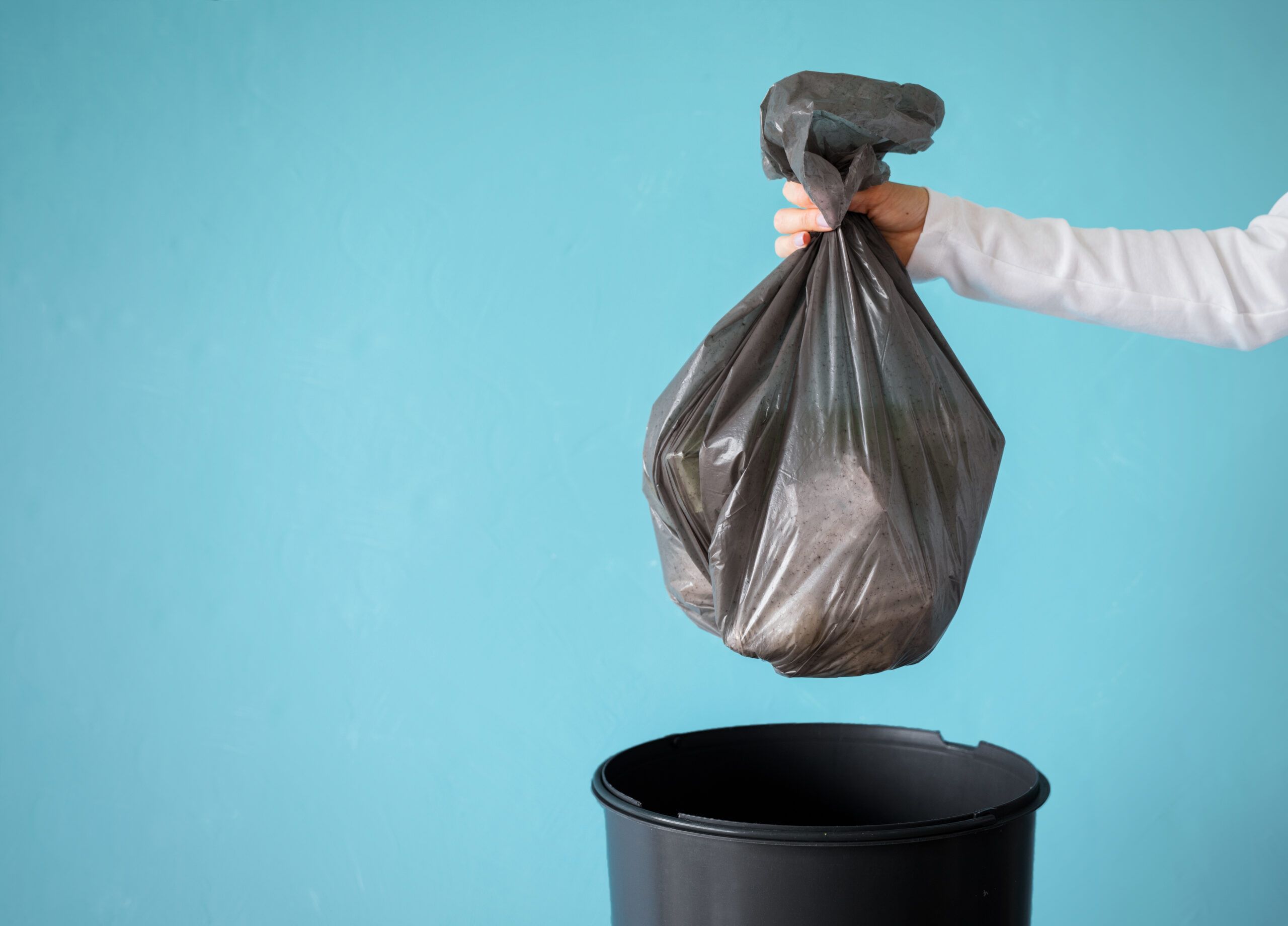
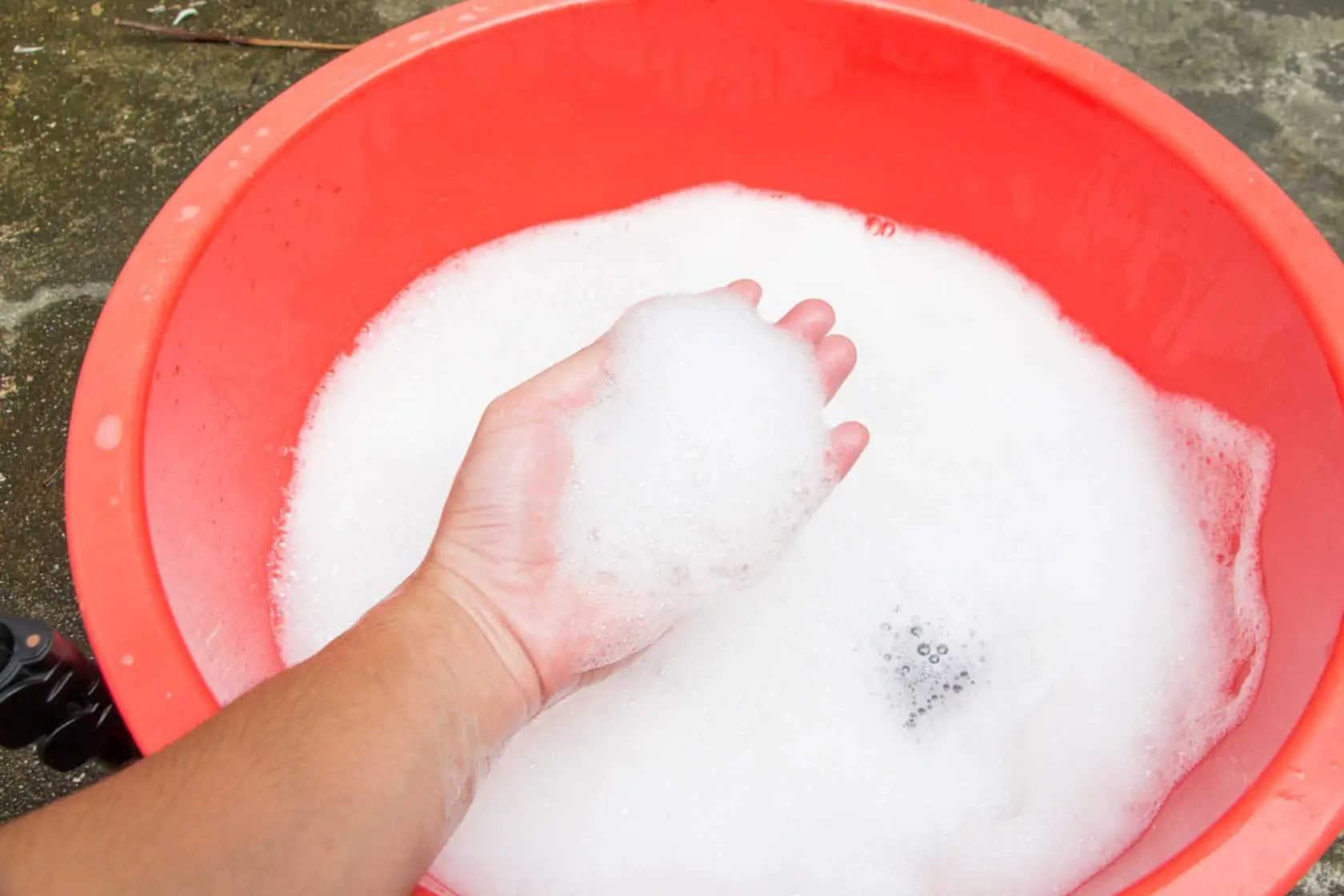
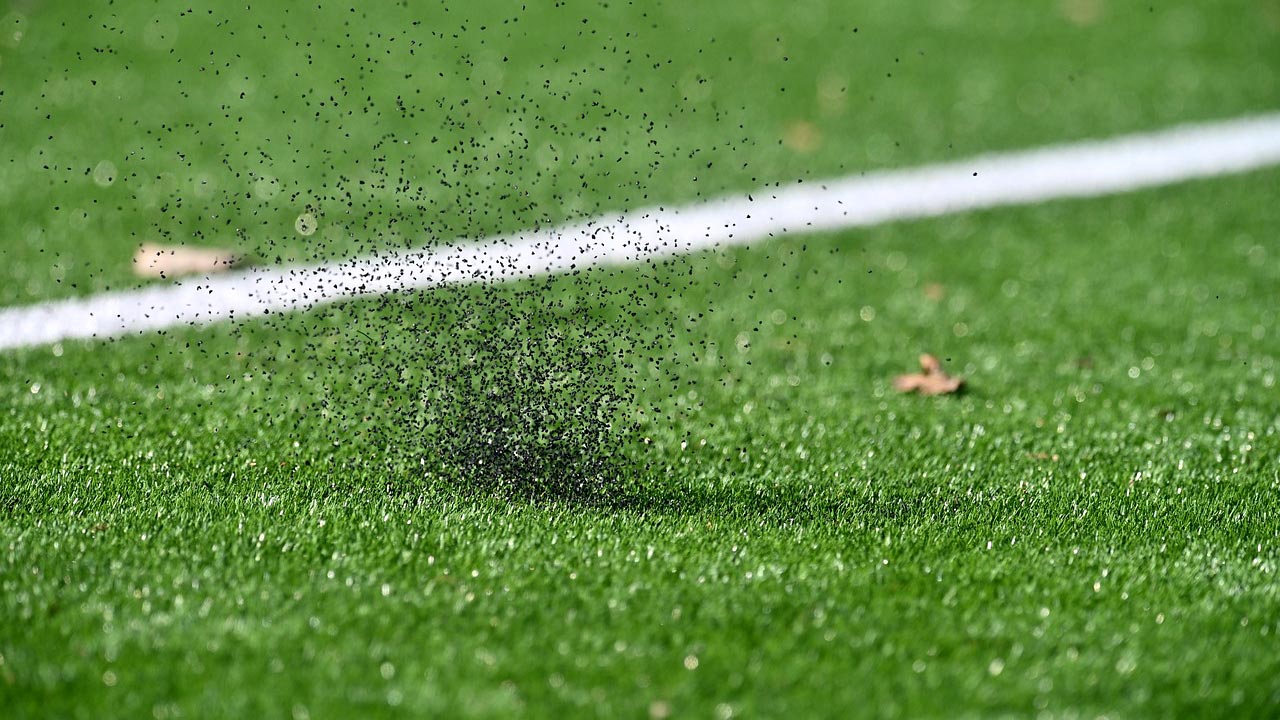
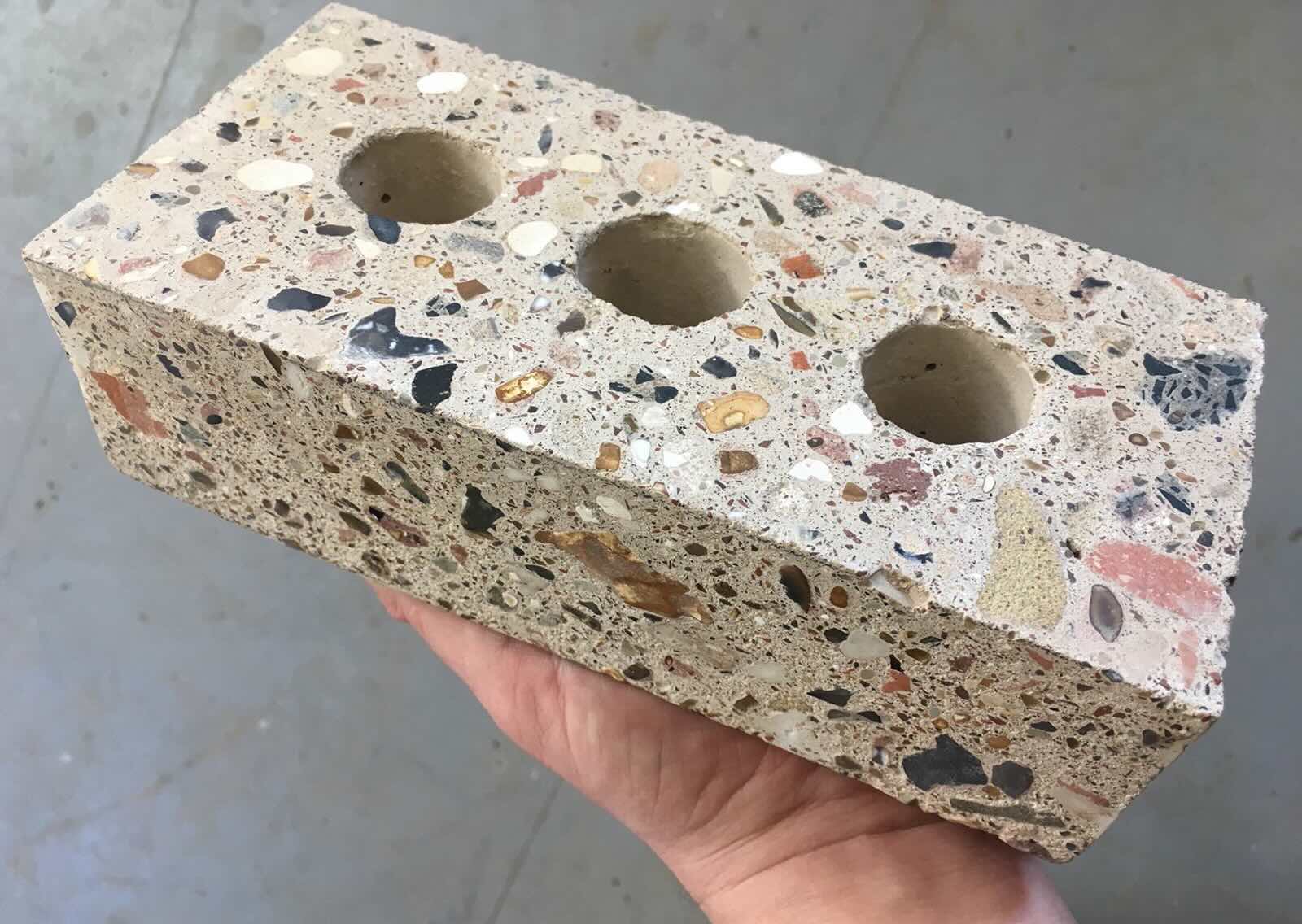

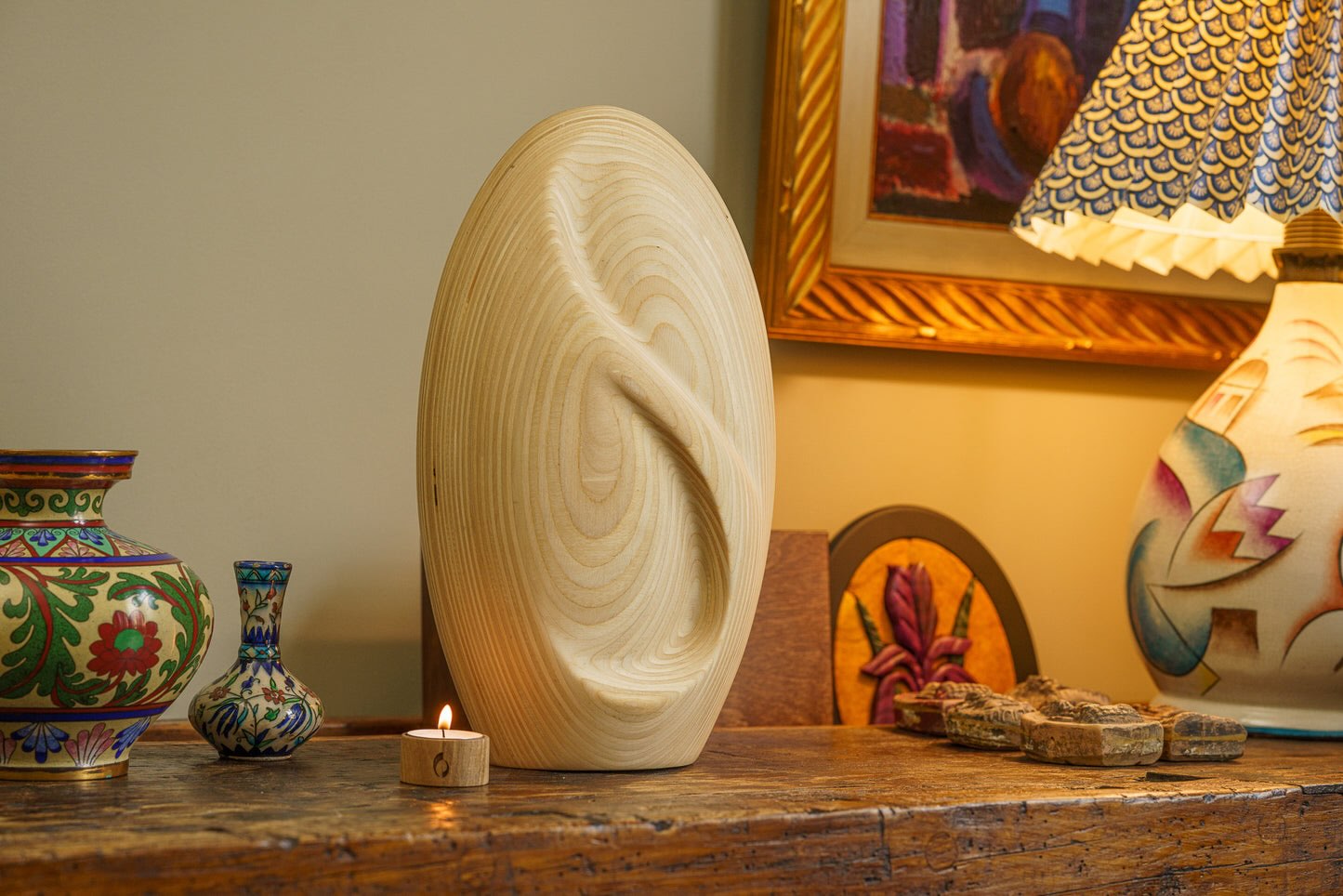
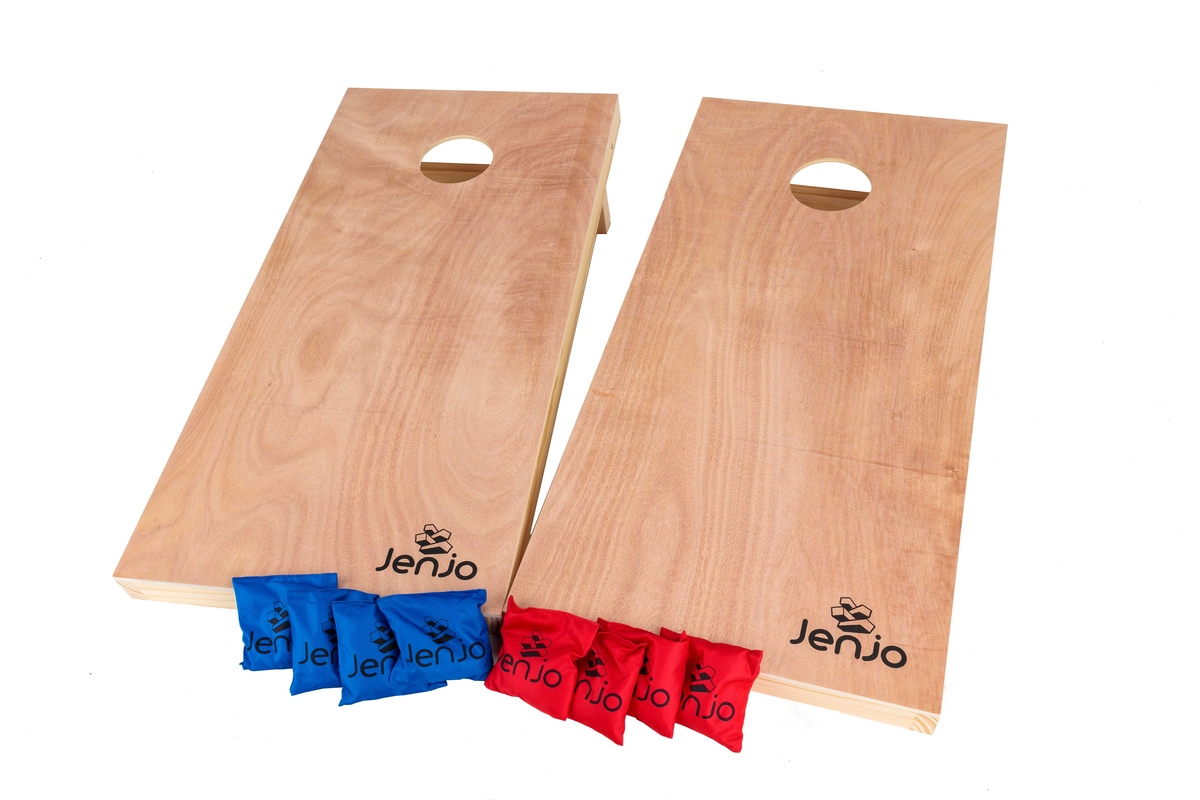
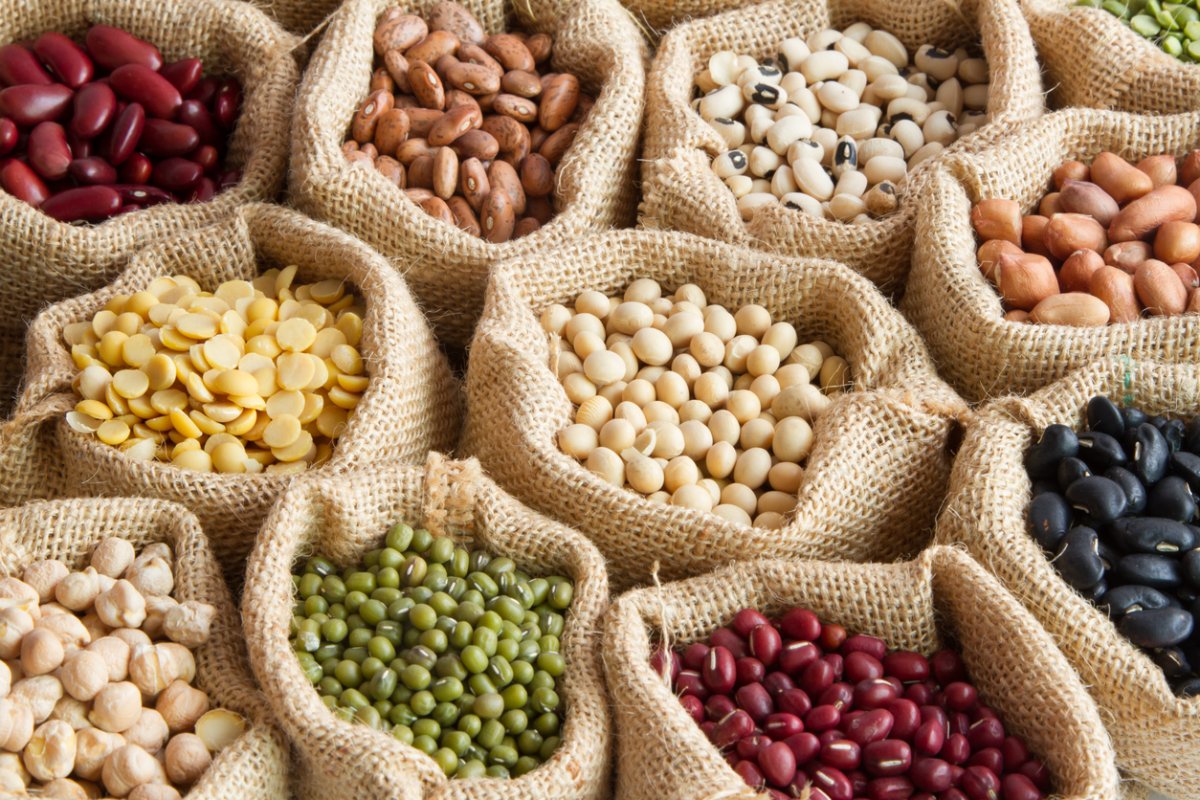




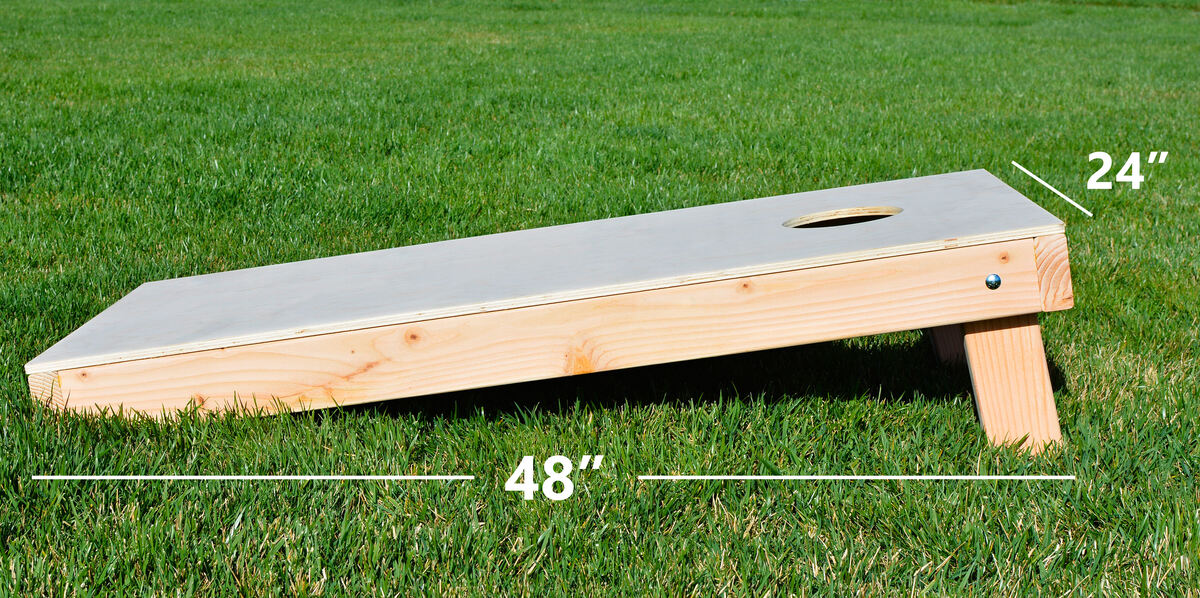
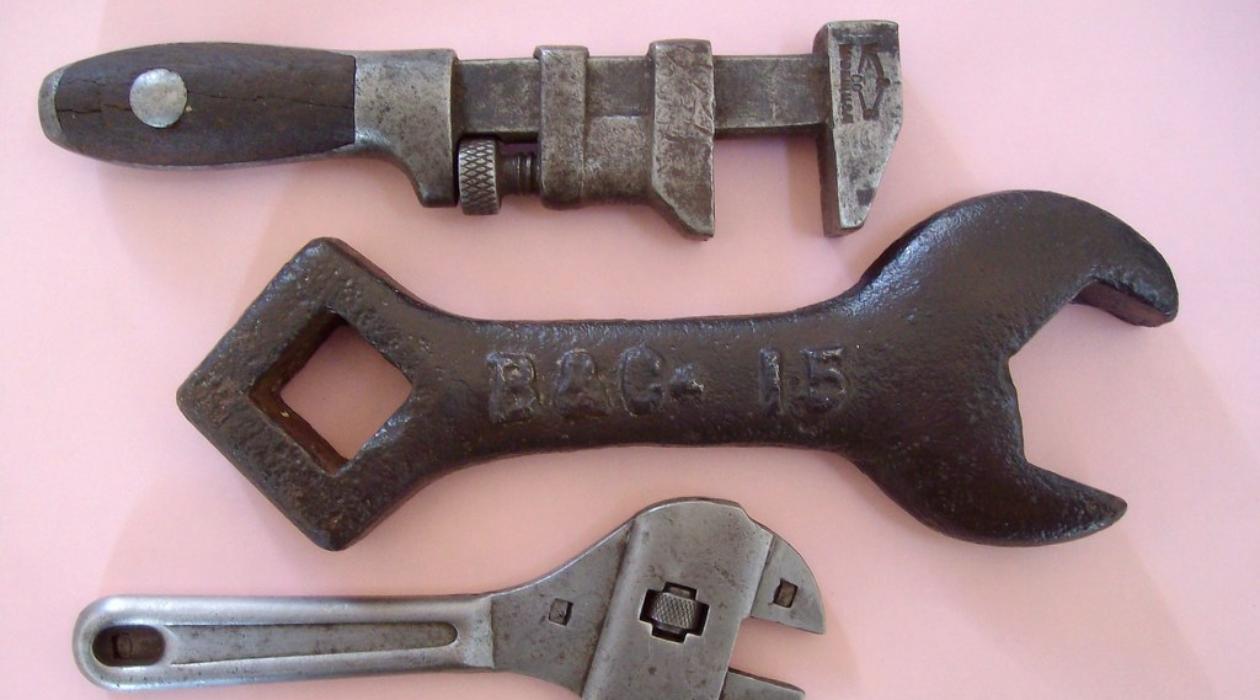

0 thoughts on “What Are Cornhole Bags Made Out Of?”